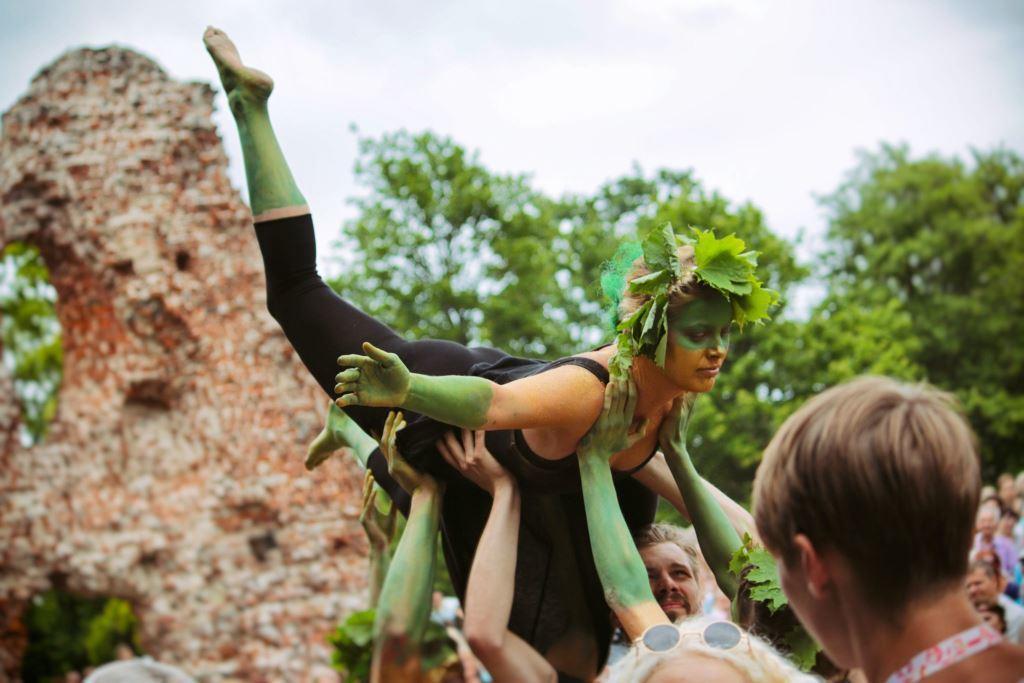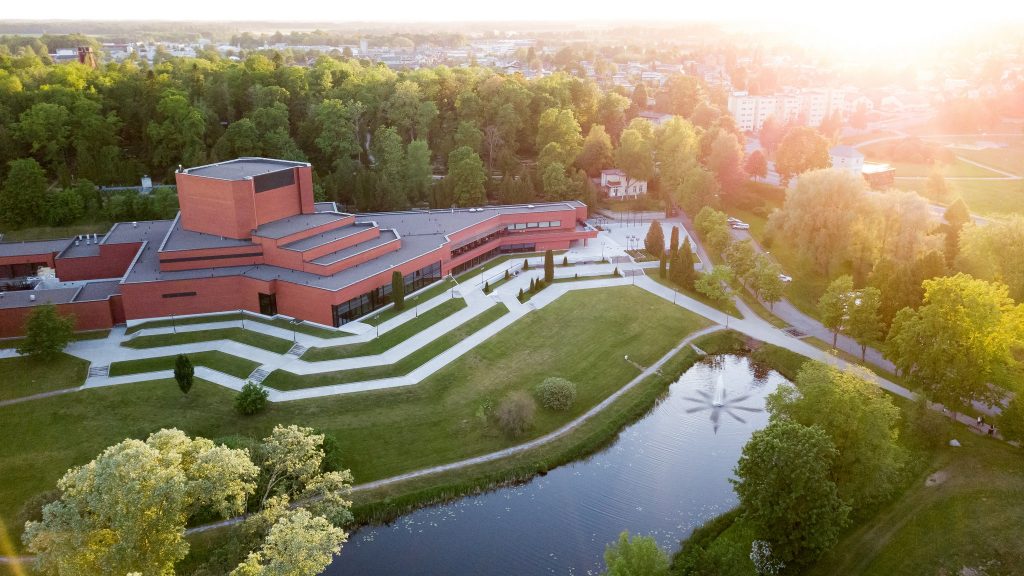UNESCO, the United Nations Educational, Scientific and Cultural Organization, has designated 66 new “creative cities” around the world; among them is the sixth largest town in Estonia, Viljandi.
The Paris-based organisation said in a statement that as “laboratories of ideas and innovative practices”, the UNESCO Creative Cities “bring a tangible contribution” to achieving sustainable development goals through innovative thinking and action.
“All over the world, these cities, each in its way, make culture the pillar, not an accessory, of their strategy,” Audrey Azoulay, the UNESCO director-general, said in a statement. “This favours political and social innovation and is particularly important for the young generations.”
Crafts and folk art
The selected towns and cities stand out for different art forms – Viljandi’s speciality, according to UNESCO’s designation, are crafts and folk art. Indeed, the southern Estonian town is known for its annual folk festival that has been running since 1993 and attracts approximately 25,000 visitors each year.
The town is also a host to the University of Tartu Viljandi Culture Academy that among other things teaches Estonian native crafts. Meanwhile, Viljandi’s theatre, Ugala, will celebrate its 100th anniversary in 2020.

Three municipalities from Estonia’s neighbouring countries – Kazan (stands out for music) and Kargopol (crafts and folk art) from Russia and Kuhmo (literature) from Finland – are also among the new 66 creative cities.
A creative economy
The UNESCO Creative Cities Network now counts a total of 246 cities and towns from all continents and regions with different income levels and populations. “They work together towards a common mission: placing creativity and the creative economy at the core of their urban development plans to make cities safe, resilient, inclusive and sustainable, in line with the United Nations 2030 Agenda for Sustainable Development,” UNESCO said.
UNESCO is a specialised agency of the UN. Its declared purpose is to contribute to promoting international collaboration in education, sciences and culture in order to increase universal respect for justice, the rule of law and human rights along with fundamental freedom proclaimed in the United Nations Charter.

Viljandi became a town in 1283. At the beginning of the 14th century, the town became a member of the Hanseatic League – one of five Estonian towns and cities in the league. It currently has a population of just over 17,000.
Cover: Ugala theatre in Viljandi. Photo by Katre Sulane.

